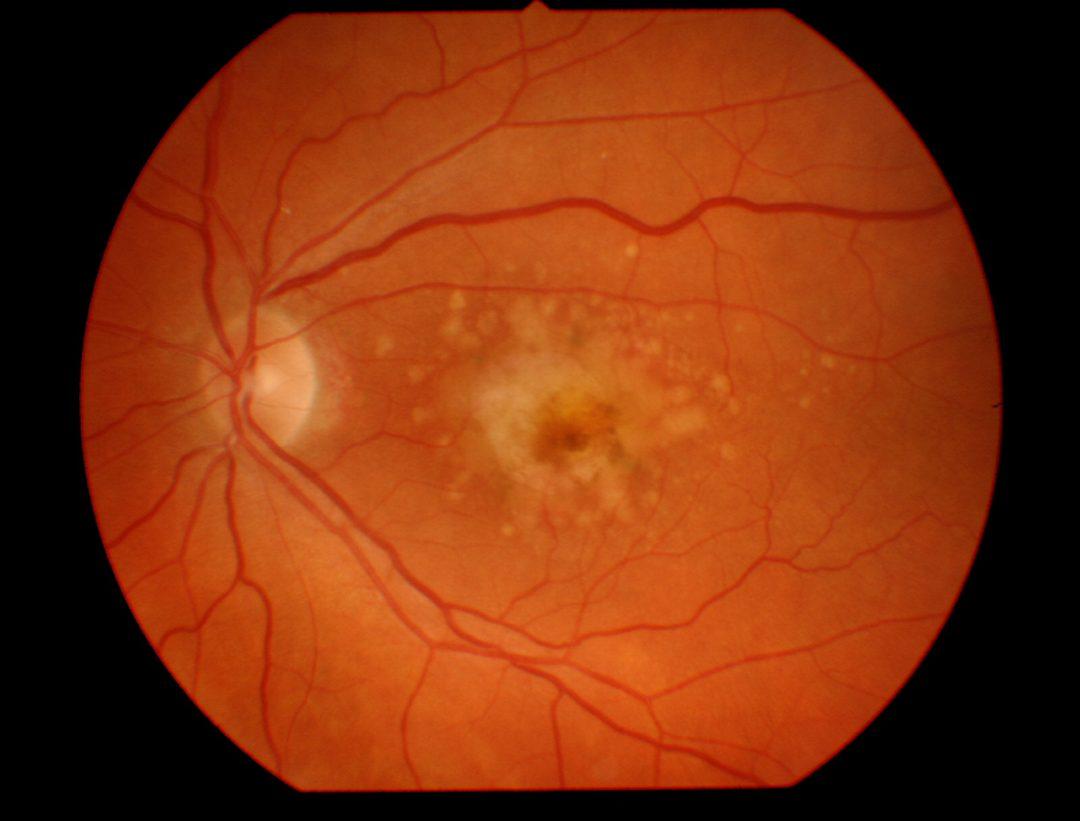Macular degeneration is a progressive condition that results in deterioration of central vision and visual acuity. This disease, also known as age-related macular degeneration, or AMD, is one of the leading causes of blindness, especially among older Americans. As life expectancy increases and the average age of the population continues to increase, more and more people will face the diagnosis of macular degeneration. Here’s what to know about the condition.
What is Macular Degeneration?
The macula is the area of the retina that is responsible for detecting our central vision. It provides us with visual discrimination and visual acuity, and allows us to use our central vision to perform many visual tasks, such as see fine details, identify faces, and read fluently. In the disease known as macular degeneration, the macula progressively experiences pathological changes, ranging from the accumulation of pigment and waste material, to general tissue atrophy. Early in the condition, these macular changes may result in the perception of visual distortions, such as straight lines appearing wavy or broken; such symptoms are especially easily noticed while reading. As the disease progresses, central vision and visual acuity becomes more and more affected, and can ultimately result in a central blind spot, known as a scotoma.
Dry AMD vs. Wet AMD
Dry macular degeneration is the term typically given to the early phases of the macular disease. In dry AMD, there may be focal areas of drusen, or deposits of biomaterial in the retina, which can cause vision changes. Dry macular degeneration may also entail a type of retinal damage known as geographic atrophy, in which large areas of retinal tissue become damaged and inoperative. The useable vision in dry AMD can be highly variable, depending on the extent of retinal damage that has occurred. Wet macular degeneration is the more progressed form of the condition. It occurs when extensive retinal degeneration causes the formation of new and leaky blood vessels underneath the retina. When these blood vessels begin forming where they aren’t supposed to, there is the potential for significant retinal scarring. Those who have the wet form of AMD typically experience substantial vision loss.
Treating Macular Degeneration
Unfortunately, there is no definitive cure for macular degeneration. There are, however, a few treatment approaches that can reduce the risk of dry macular degeneration progressing to wet macular degeneration. AREDS2 supplements, which include a variety of nutrients and antioxidant vitamins, has been shown to reduce the risk of progression of AMD, though it is not effective in preventing or curing the disease. Certain lifestyle modifications, such as decreasing or stopping tobacco use and increasing the consumption of leafy green vegetables, may also play a role in slowing the progression of the disease. If the disease has progressed to the wet form, treatments such as intraocular injections may be required in order to reduce the growth of new blood vessels.
If you have been diagnosed with macular degeneration, it is important to maintain proper follow-up appointments with your eye care provider. Through thorough health evaluations, they can determine the state of the condition and recommend intervention with nutritional supplements or injections as necessary.


0 Comments